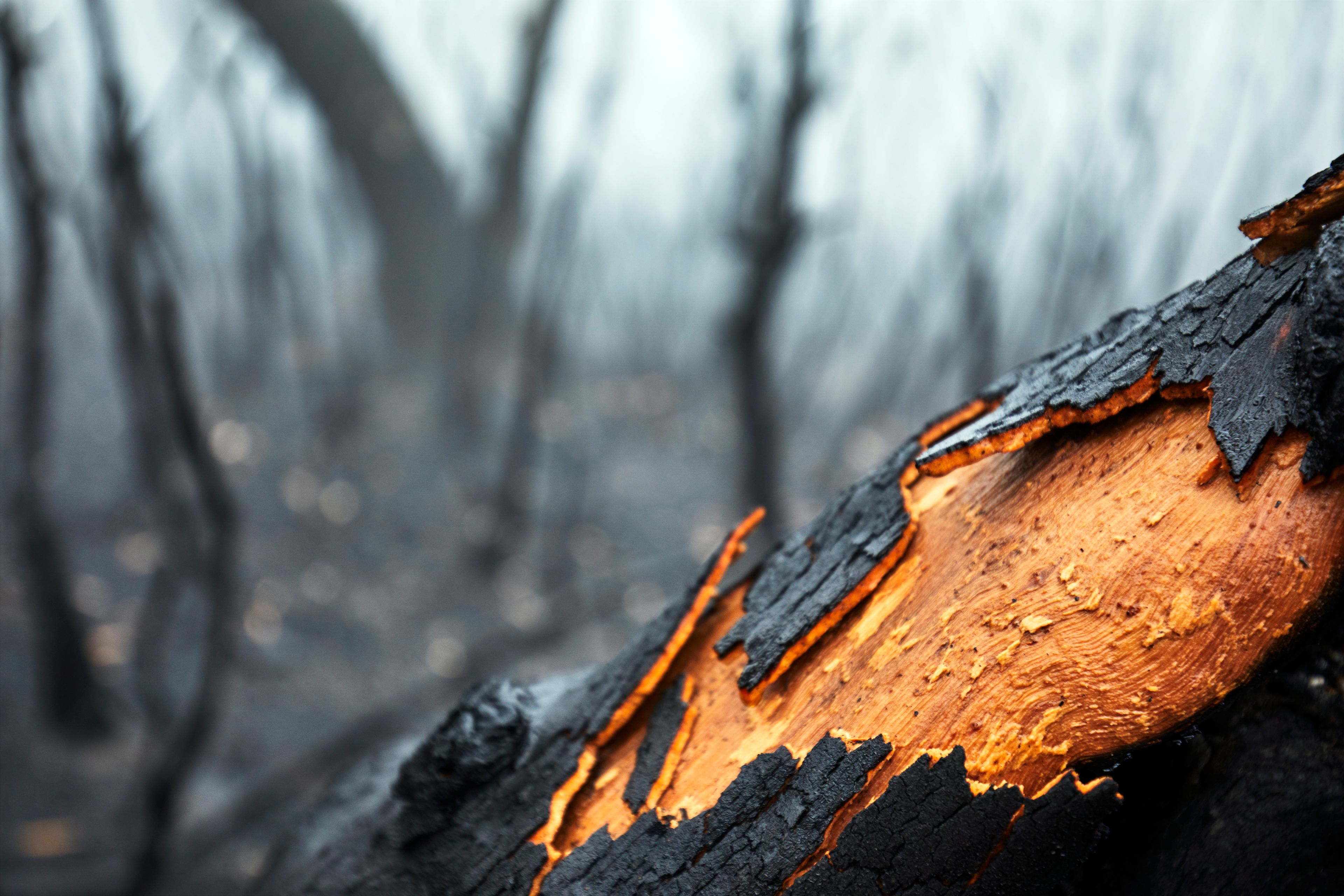Home/Curriculum resources/Representations in film and text/Activity 2 - Contemporary Aboriginal fire management represented in film
Learning Area:
English
Year level:
Level 9
Suggested timing:
60 minutes
Required resources:
Laptop/tablet with internet connection, Projector or Smart TV

Activity 2 - Contemporary Aboriginal fire management represented in film
This activity is a part of the Representations in film and text resource.
Burnt Tree Bark. Blackheath, Dharug country. Photographer: Andrew Merry. Source: Getty Images. Used under licence.
In this activity, students will watch the film 'Waru, kuka, mirrka wankarringu-lampaju – Burning, bushfoods and biodiversity' and take notes on its context, objectives, and key speakers. They will explore the reasons behind contemporary fire management support and discuss the significance of using film as a medium for sharing Martu's fire management story, fostering insights into social and environmental benefits.
Step by step guide
Step 1: Note-taking while viewing film
Students to watch the film ‘Waru, kuka, mirrka wankarringu-lampaju – Burning, bushfoods and biodiversity’ (41 minutes). 0
While watching, students are encouraged to make notes about the context and the objectives of the film, who speaks during the film, and what language is used and when.
Students will identify the main reasons people in the film support and value contemporary fire management practices, paying attention to both social and environmental benefits.
Teachers may like to use the note-taking template with key areas of consideration provided.
Step 2: Discussion sharing notes and responses from the film
After watching the film, in small groups or as a whole class, students will share their responses and the information they recorded while watching the film.
Students will then discuss what the medium of film is able to convey and why it might be important for Martu to tell the story of fire management using this technique.
Related activities within this resources:

Inquiry-based learning questions
These inquiry-based questions are provided for flexible classroom use, allowing teachers to tailor discussion and reflections specific to their classroom needs.

Activity 1 - Aboriginal burning practices represented in painting
In this activity, students read Kim Mahood's article, analyse a painting and opening quotation, and reflect on how these elements contribute to their understanding of Martu burning practices and traditional ecological knowledge.